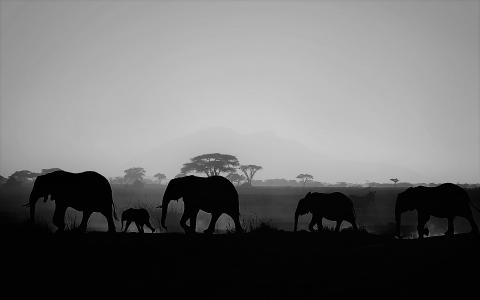
Mahmud returned again in 1020–21 CE, to punish Chandella legend Vidyadhara. On the way, Shahi Trilochanapala opposed him on the banks of the Yamuna. He was defeated again and was on his way to join Vidyadhara when he is known to have been killed. Thus, the great Shahi Trilochanapala died in 1021 CE.[1] Although Mahmud advanced to meet Vidyadhara, neither Mahmud nor Vidyadhara seem to have taken the initiative to fight and instead returned to...

His younger contemporary, Abhinavagupta, of Kashmir, is a giant in every sense of the word. By his own admission, he was not short of guidance, and it shows in his works. In his commentaries, he fondly mentions two of his Gurus: Bhaṭṭatauta, who taught him Nāṭya-śāstra,[1] and Bhaṭṭendurāja, who taught him Dhvanyāloka.[2] Both were from Kashmir and, by Abhinavagupta’s own description, were masters of Aesthetics. Abhinavagupta is best known for...

Tenth Century CE
With the continuing decline of the Abbasid Caliphate, Arabs continued to hold only a small part of Sindh even after 300+ years since their first attack on Bhārata.[1] The empire and the army of the mighty Gurjara Pratiharas were continuously knocking on the borders of Sindh and only an incredulous lack of foresight seemed to have held them back from annihilating the Islamists in Sindh.[2] However, the beginning of the tenth...

It is during the time of Jayapida that we see the next stage of evolution of Alaṅkāra-śāstra. It was led by two scholars in his court, Udbhaṭa and Vāmana, who can be considered as the successors of Bhāmaha and Daṇḍī, respectively. Udbhaṭa is known to have written a commentary called vivaraṇa on Bhāmaha’s Kāvyālaṅkāra, which is not available today. He is also supposed to have written a commentary on the Nāṭya-śāstra, which is also not available....

[Alaṅkāra-śāstra is often called the youngest among Indian sciences. Several factors substantiate this statement. Of them, the fact that Alaṅkāra-śāstra boarded the bus of proliferation just before invasive Islamic hordes acted as a collective contraceptive to prevent the birth of original ideas is perhaps the most important. In this series of articles, H A Vasuki juxtaposes two extreme opposites to great effect – the worst of times producing...
